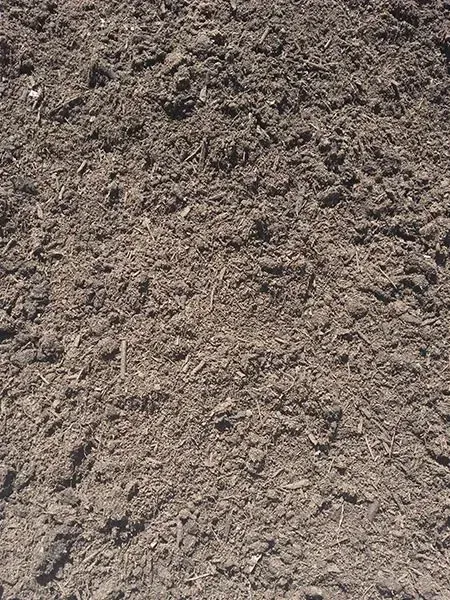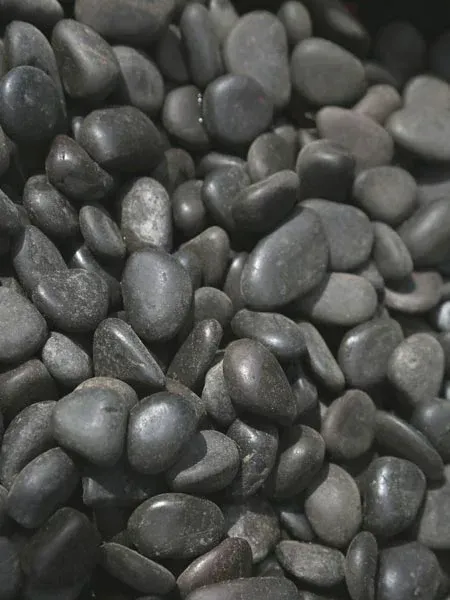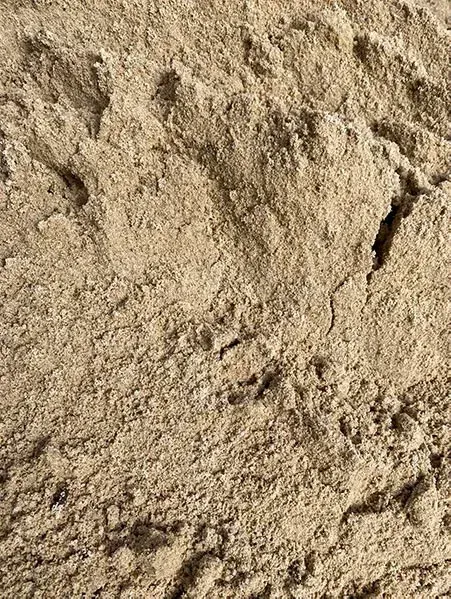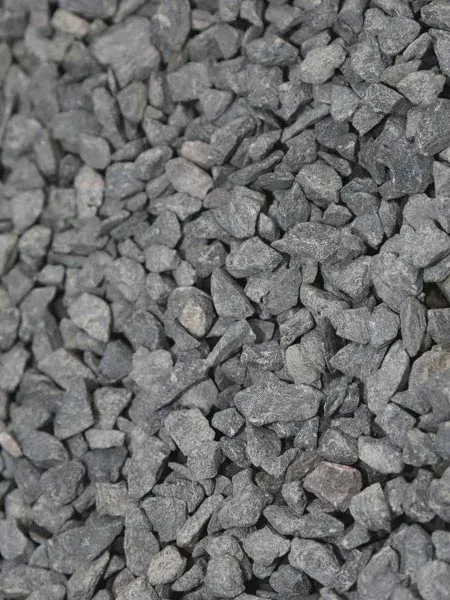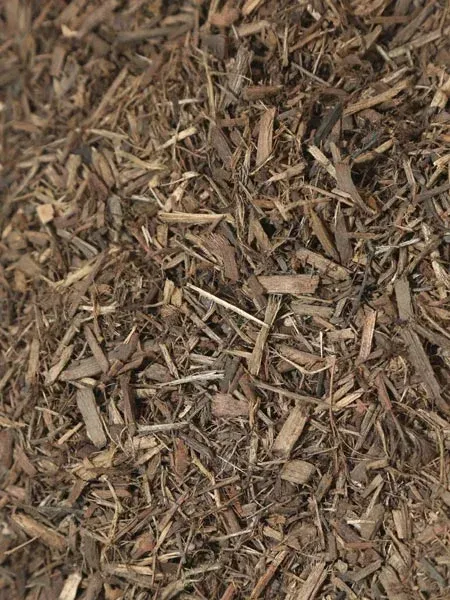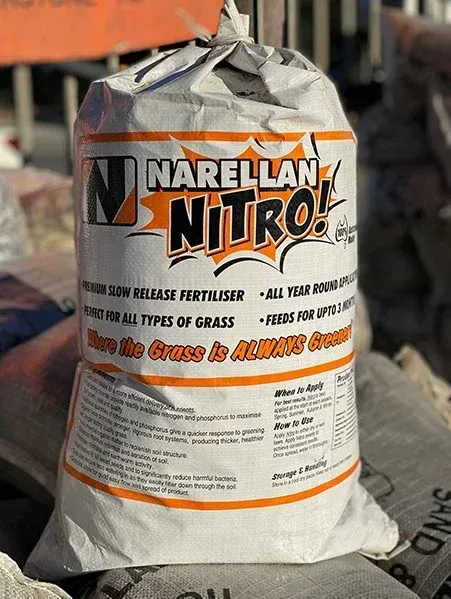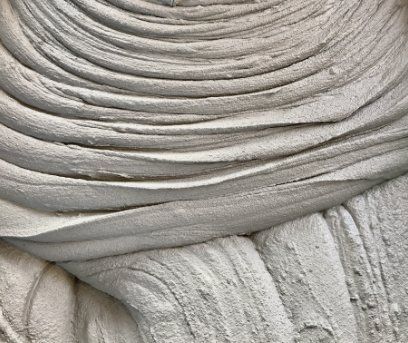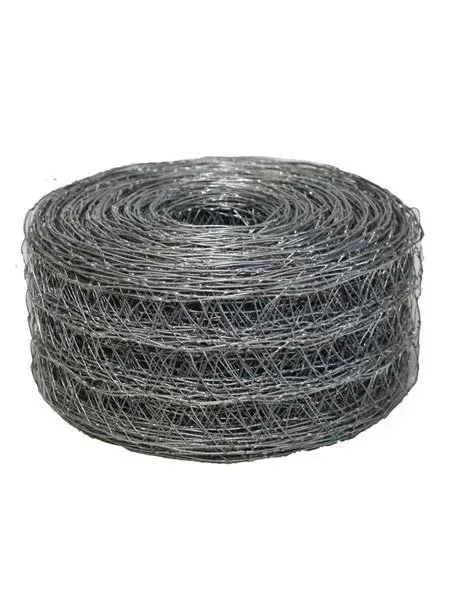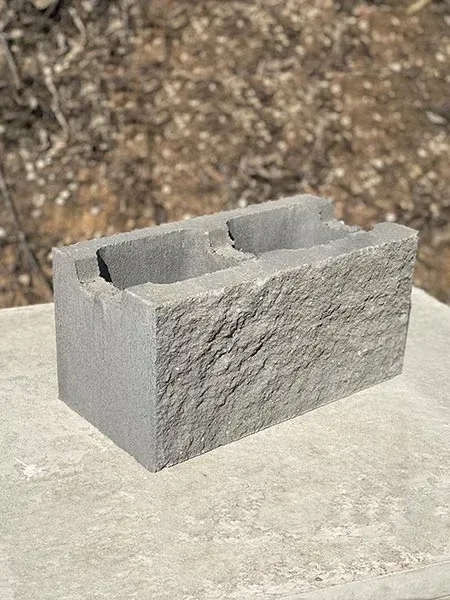When it comes to construction, ensuring the structural integrity and stability of buildings is of utmost importance. One crucial element in achieving this is the use of expansion ties. In this blog, we will explore what expansion ties are, their purpose, and the different types available.
The importance of expansion ties
Expansion ties play a significant role in reinforcing masonry structures, particularly in areas prone to seismic activity or where temperature variations can cause expansion and contraction. By connecting and anchoring the masonry to the structural framework of a building, expansion ties help distribute and manage the stresses exerted on the walls.
Expansion ties consist of two components: a wall tie and a channel. The wall tie is securely fixed into the masonry, while the channel is embedded within the structural framework. The channel allows for horizontal movement of the wall during expansion or contraction while maintaining a secure connection to the building.
Ensuring structural stability
Without expansion ties, the movement caused by environmental factors can lead to cracks and instability in the masonry. Expansion ties prevent these issues by allowing controlled movement while maintaining the overall structural stability of the building.
Contact Narellan Sand, Soil & Garden Supplies for all your drainage needs
Expansion ties are a vital component in ensuring the durability and longevity of masonry structures. By accommodating for movement caused by temperature fluctuations and seismic activity, they play a crucial role in maintaining the integrity of buildings.
If you're in need of landscaping supplies for your construction project, consider
Narellan Sand, Soil & Garden Supplies. With a wide range of quality products and excellent customer service, they are your go-to destination for all your landscaping needs.

